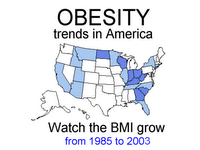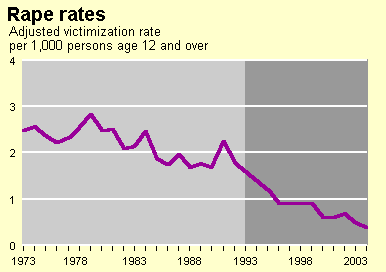 as i reluctantly trundled a decade of sociology journals to the free shelf, my mind raced and ricocheted to all manner of worst-case scenarios. what if everybody dumped their paper journals but electronic access was sharply restricted? just because we have cheap or free electronic access today doesn’t mean that we’ll always have it, does it?
as i reluctantly trundled a decade of sociology journals to the free shelf, my mind raced and ricocheted to all manner of worst-case scenarios. what if everybody dumped their paper journals but electronic access was sharply restricted? just because we have cheap or free electronic access today doesn’t mean that we’ll always have it, does it?
i quickly spun an(other) orwellian movie treatment in which all sociological knowledge was lost, save for the brave efforts of a rag-tag crew of grad students uploading pirate scans of ajs and asr, just one step ahead of the information police. in a cave. with a generator. more seriously, we all act as if services such as jstor or google will be around throughout our careers, and that we will be able to access such information — as well as the great libraries of books being scanned — for free or for cheap. maybe this is the case, maybe not.
i started a blog last year, in part, because i sensed that freedom this good is too good to last. i don’t keep pace with efforts to regulate blogs or net content, but reports like this sometimes give me pause. unfortunately, i don’t know what netcasting is either, just that my president is calling to regulate it.
in the end, i made the same stability assumptions as everyone else and gave away my old journals. that said, i suspect there’s a non-zero probability that what’s free is gonna cost, and it probably won’t be long before the doors start closing.





